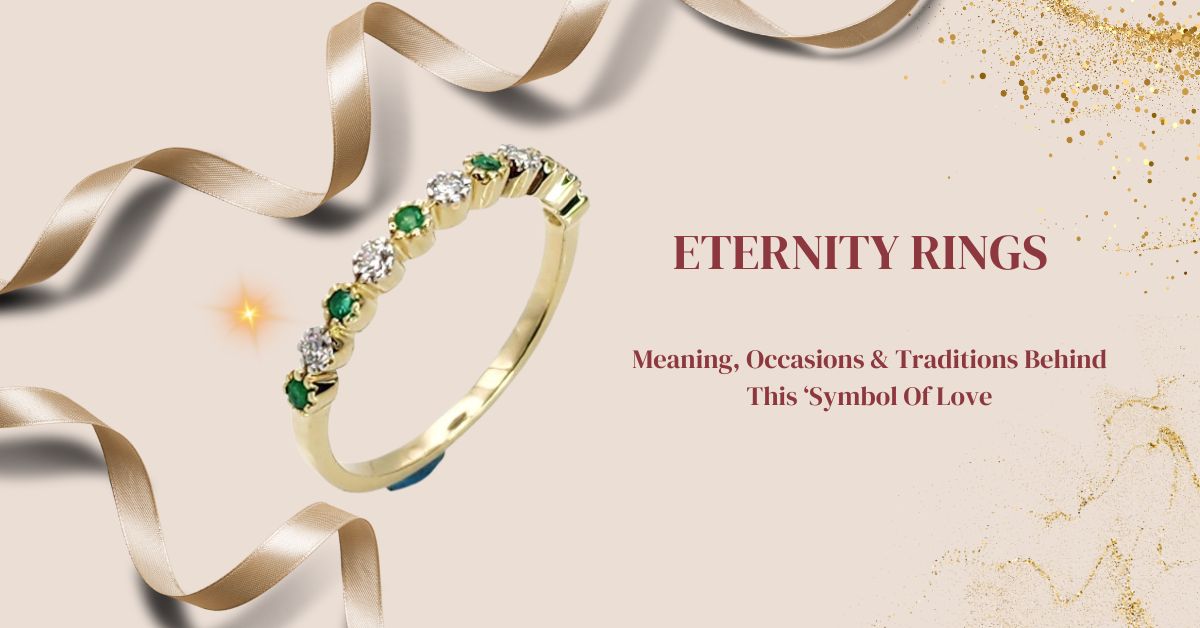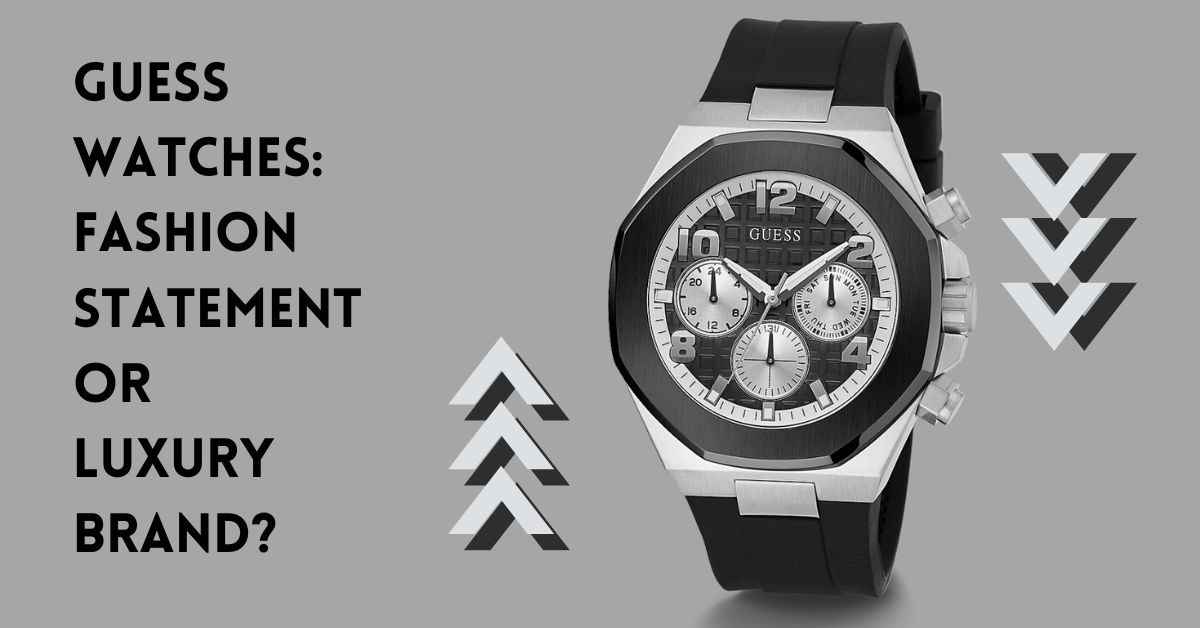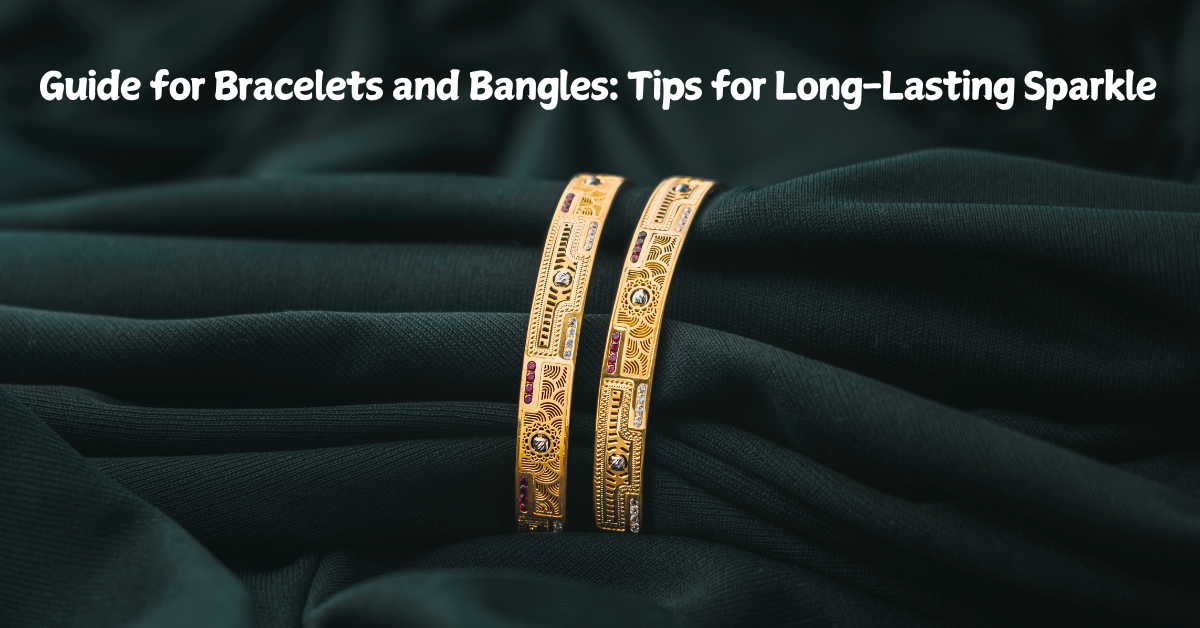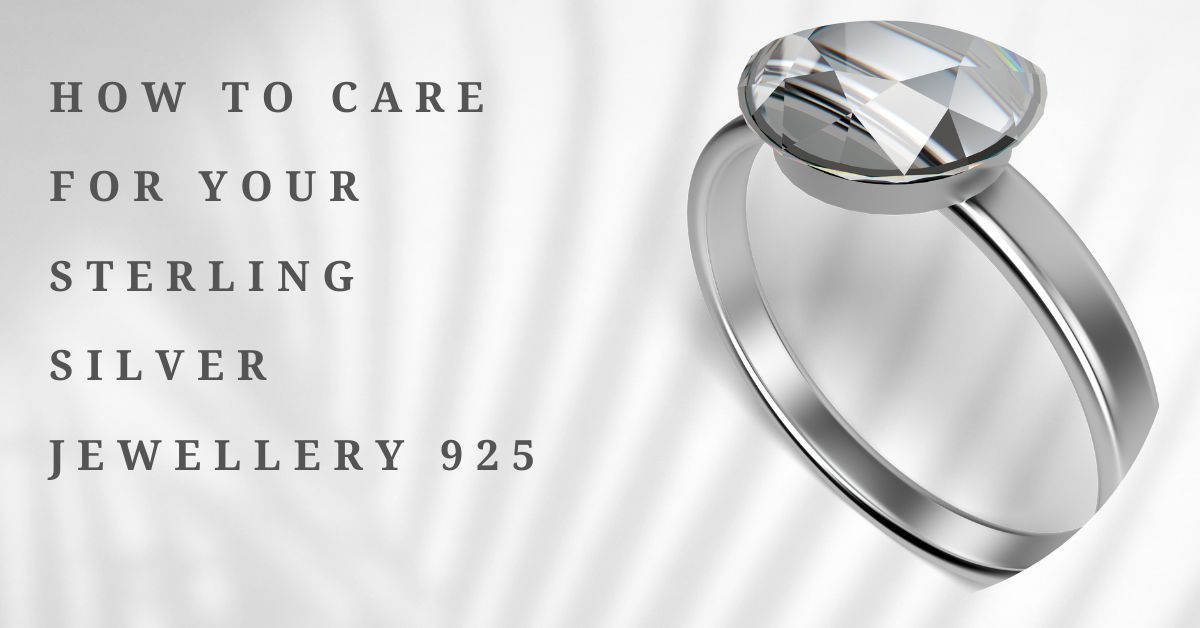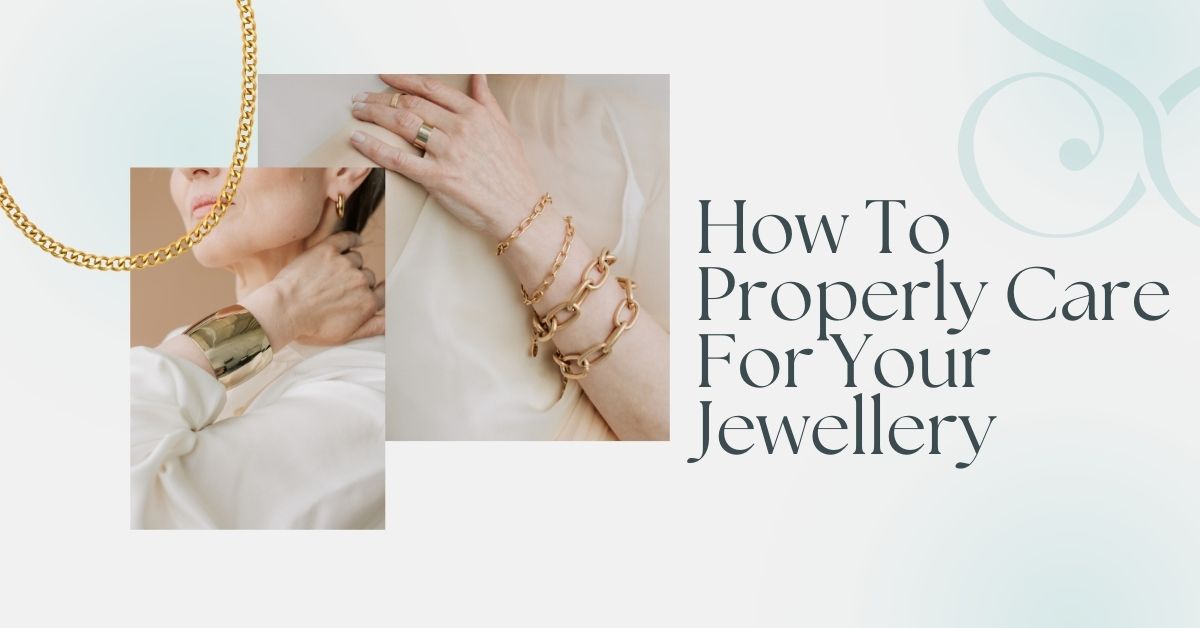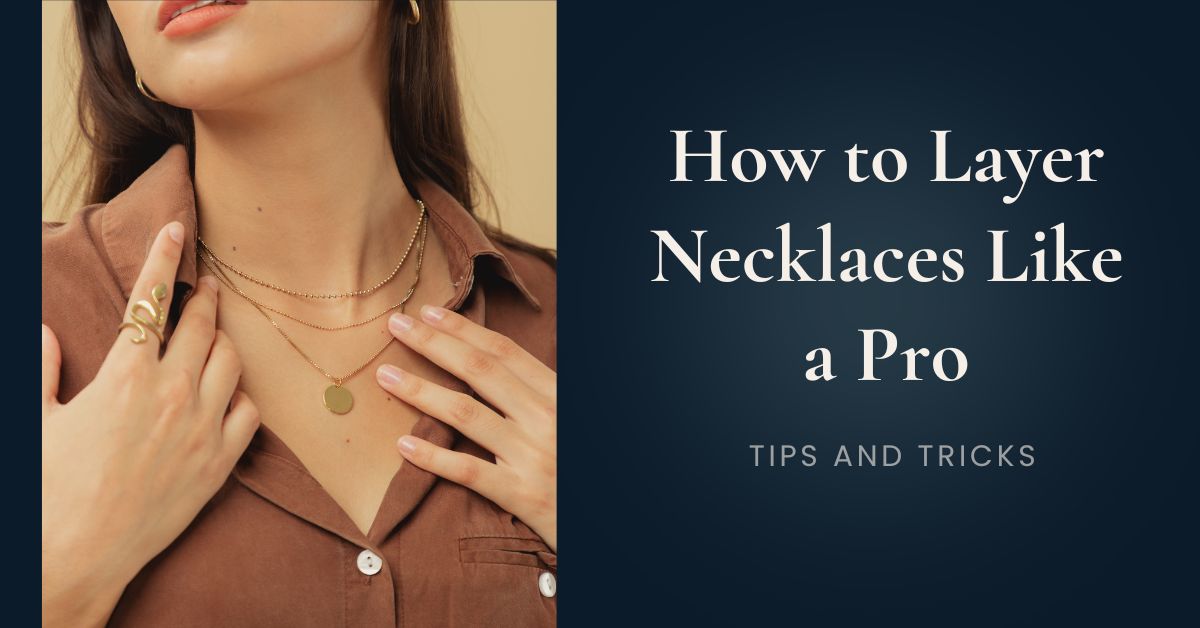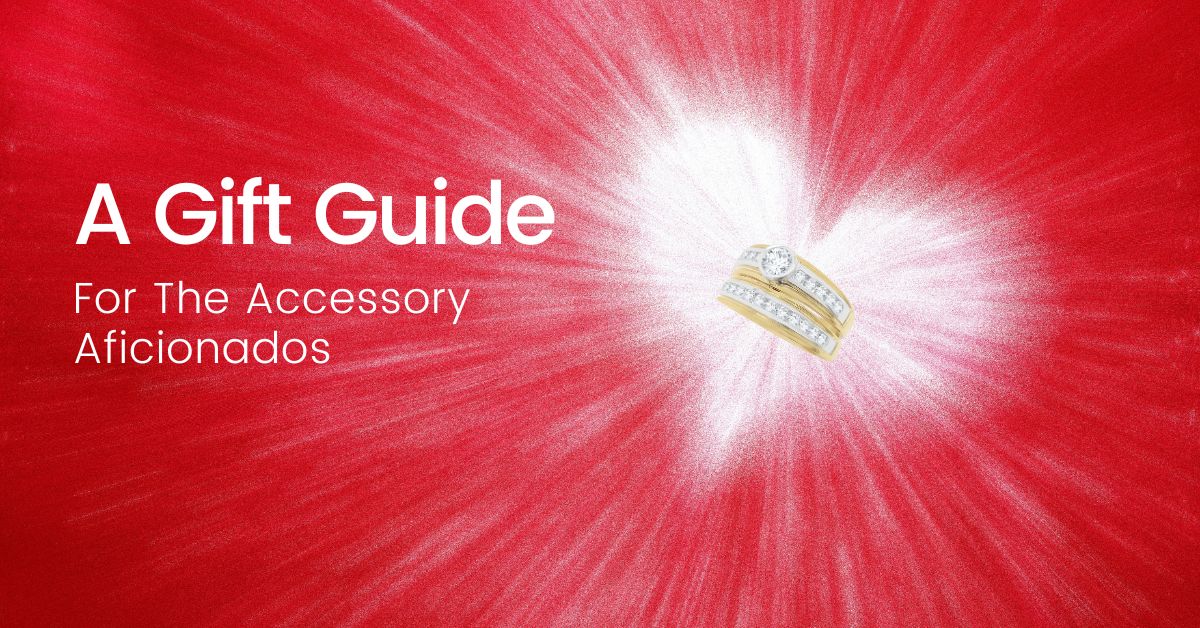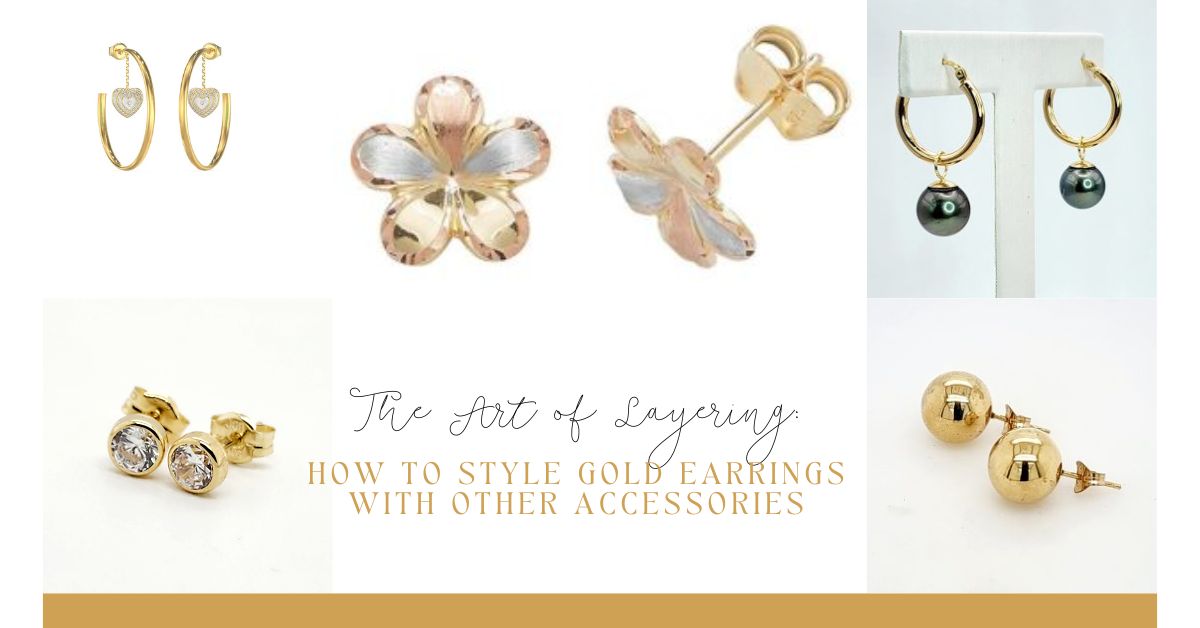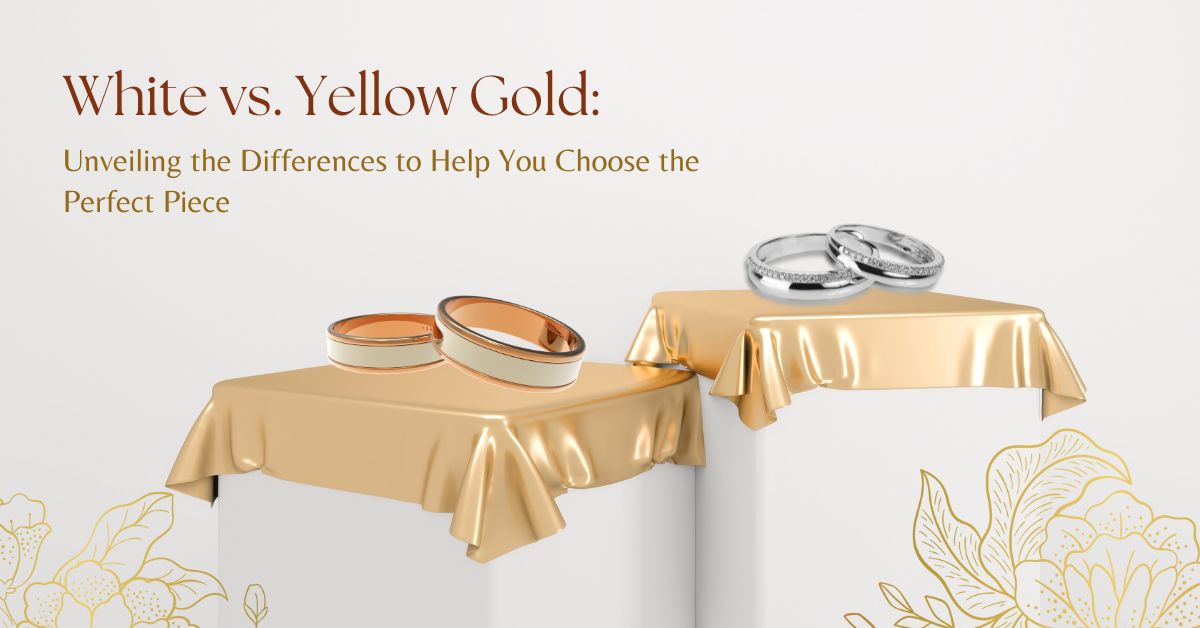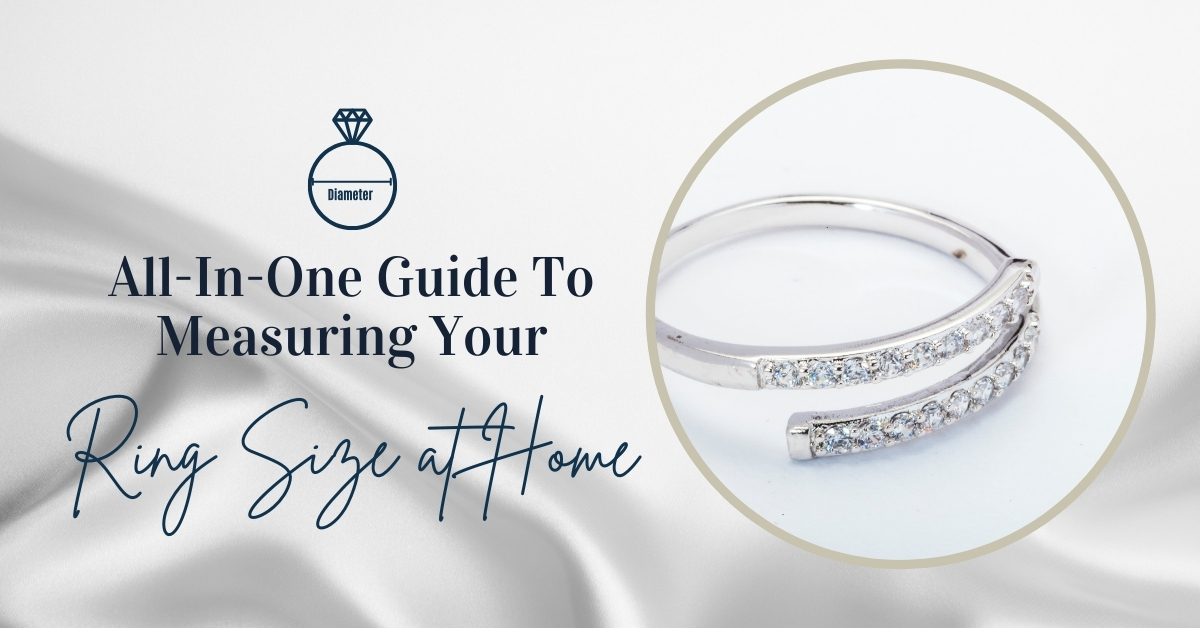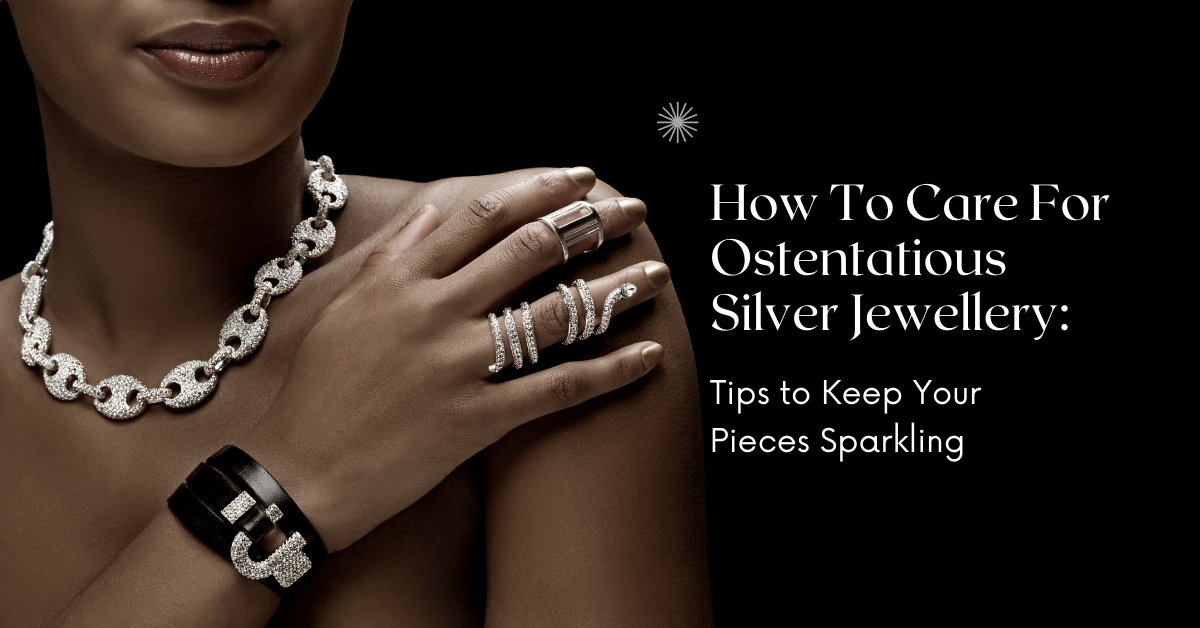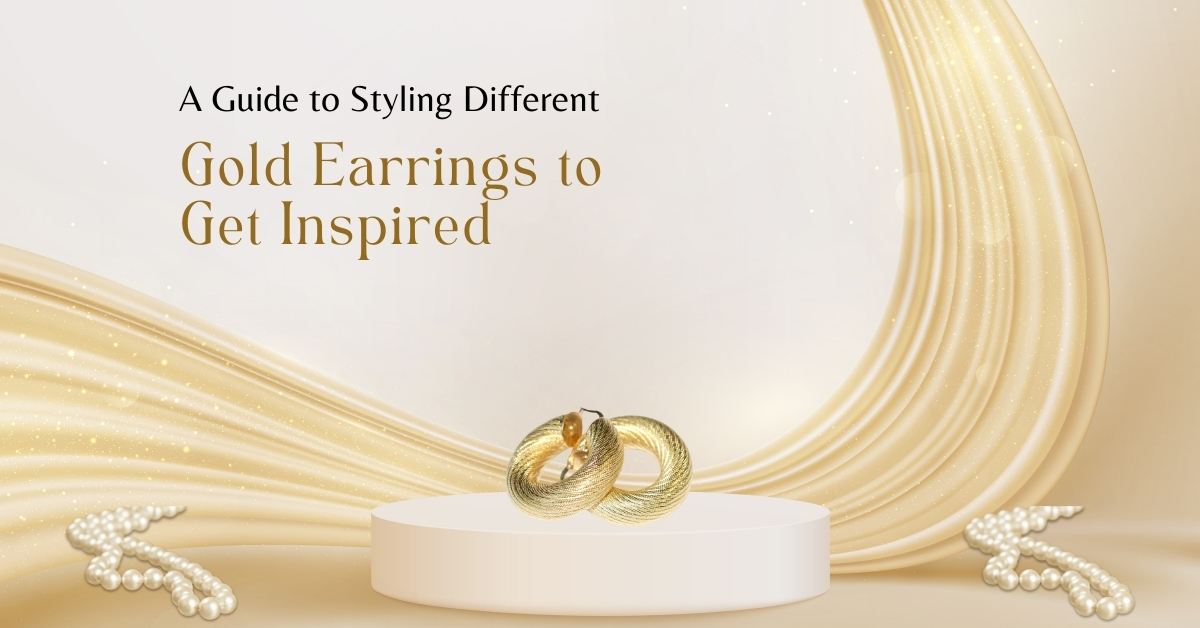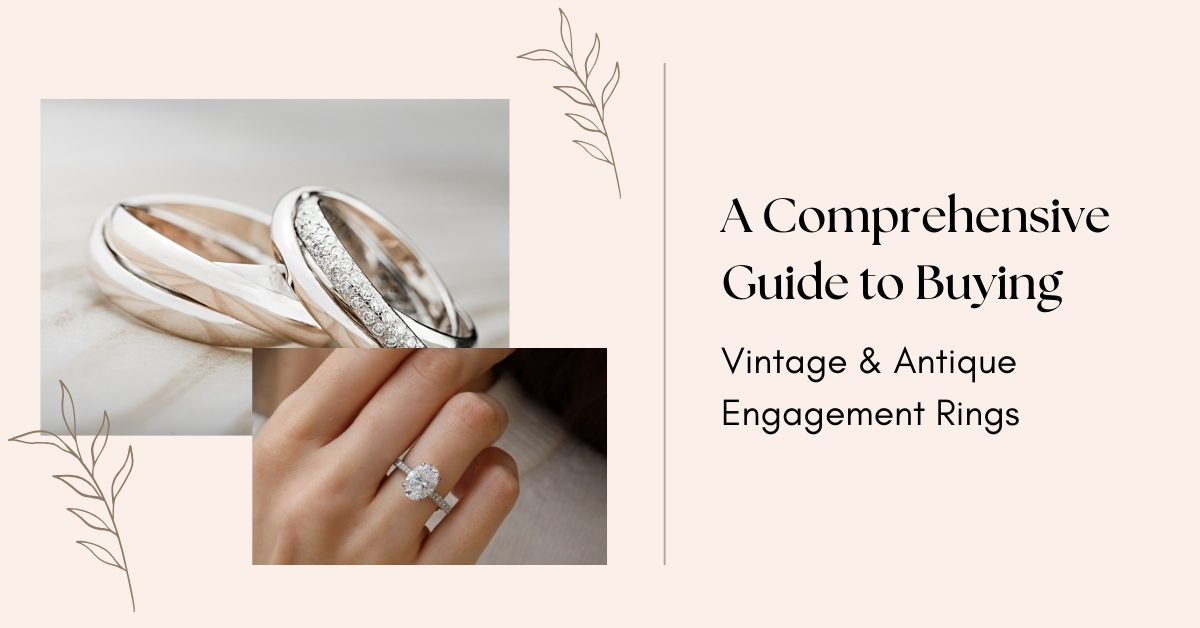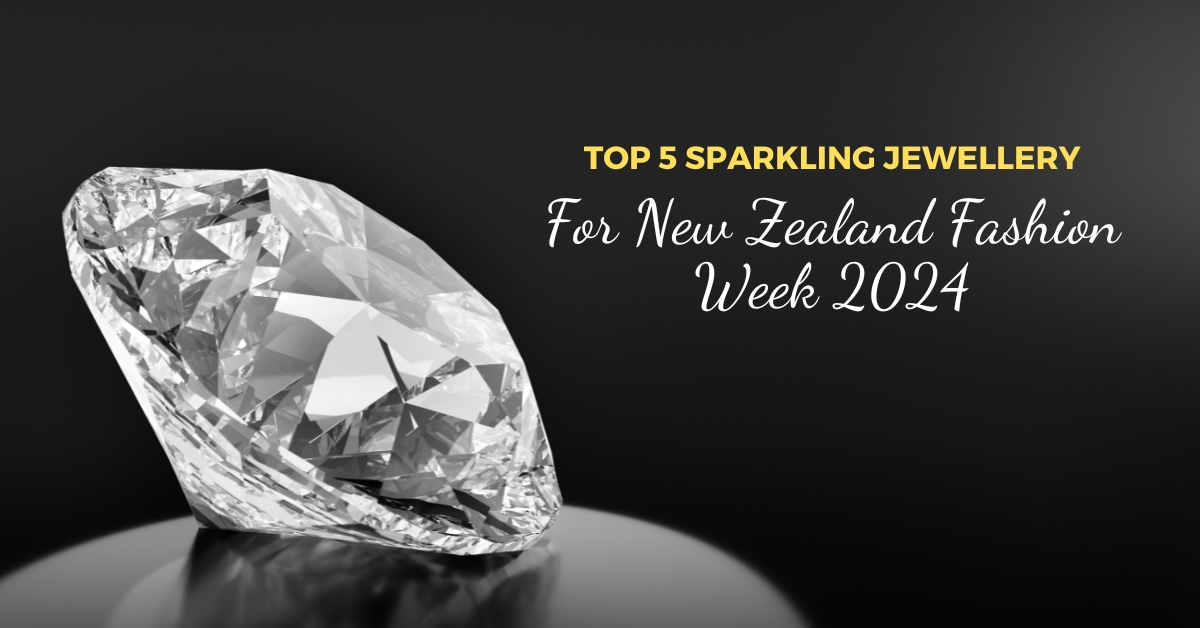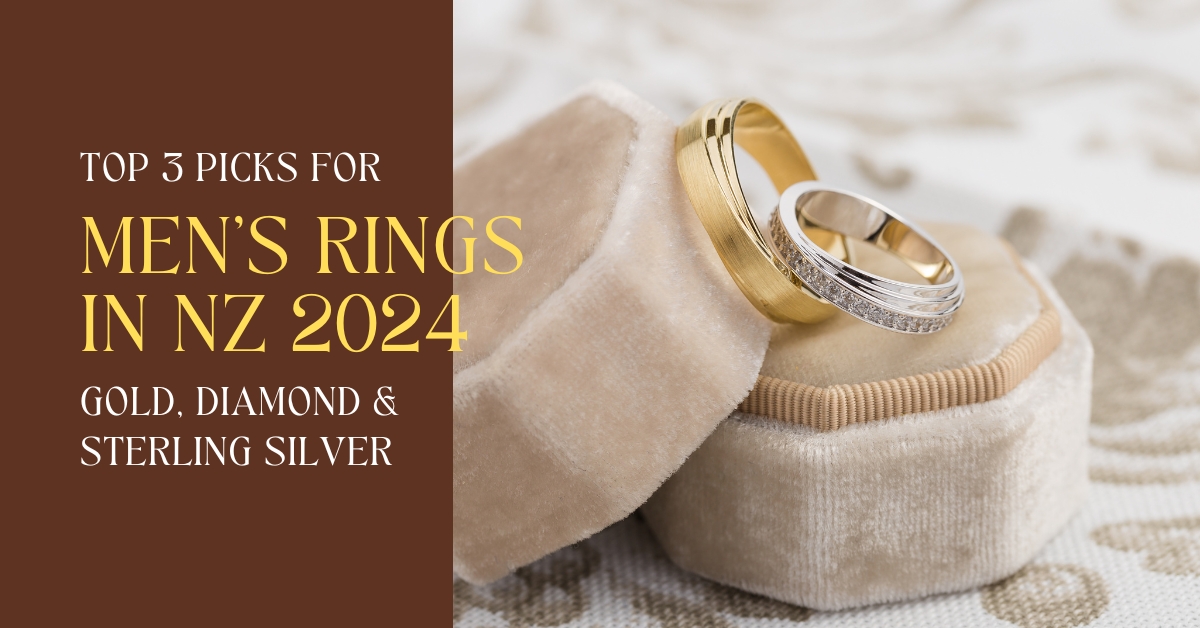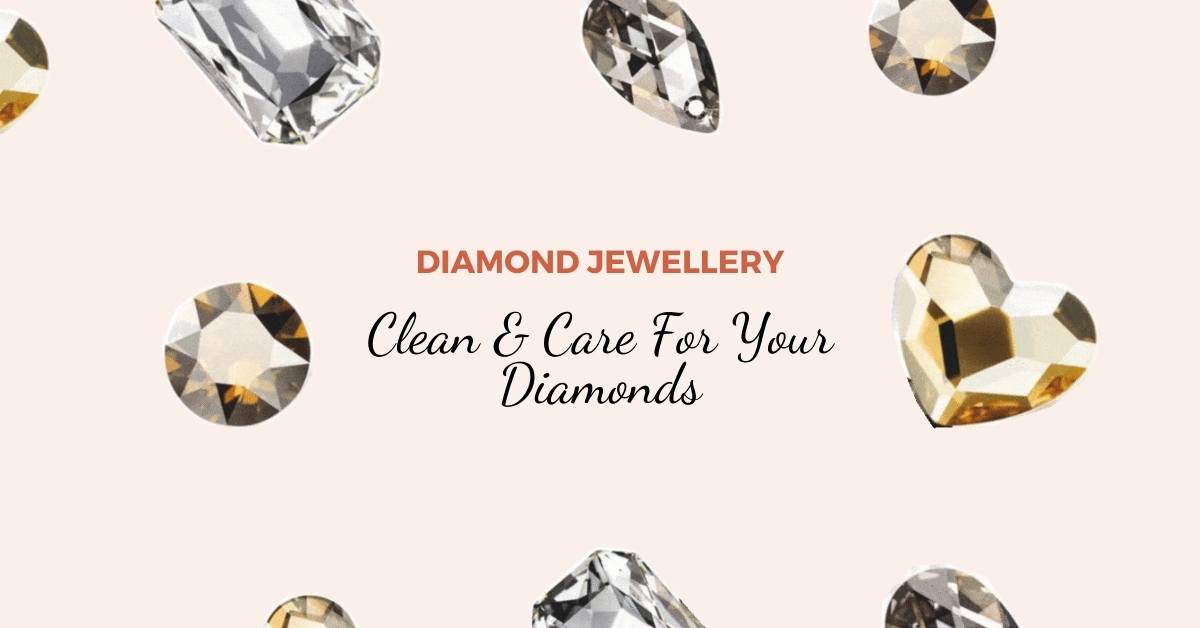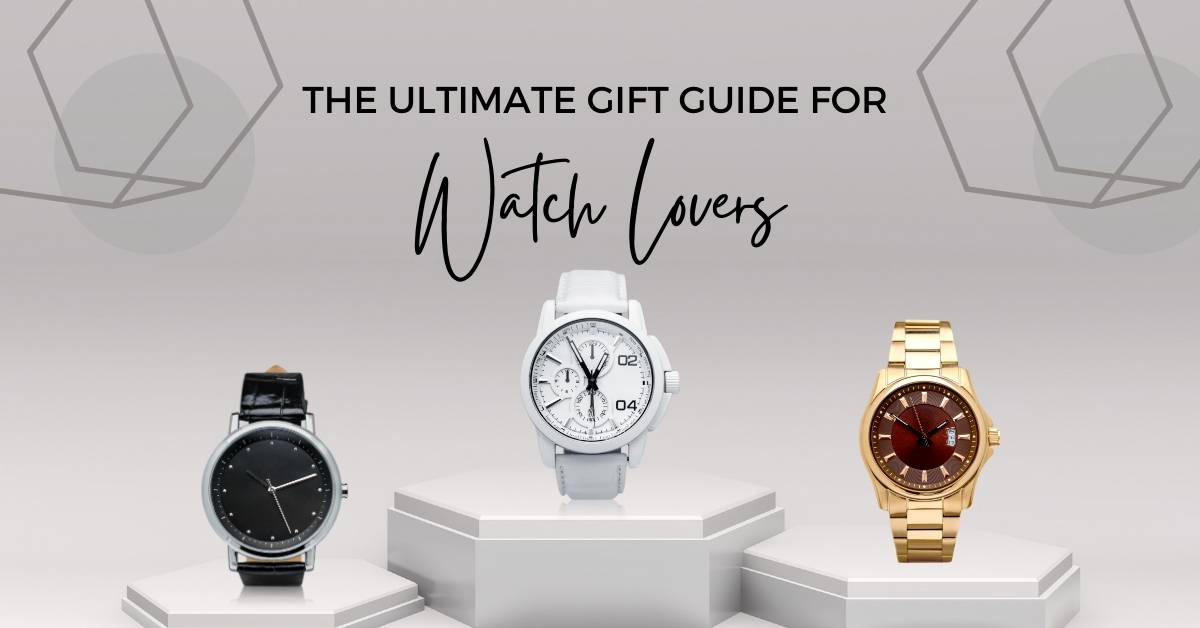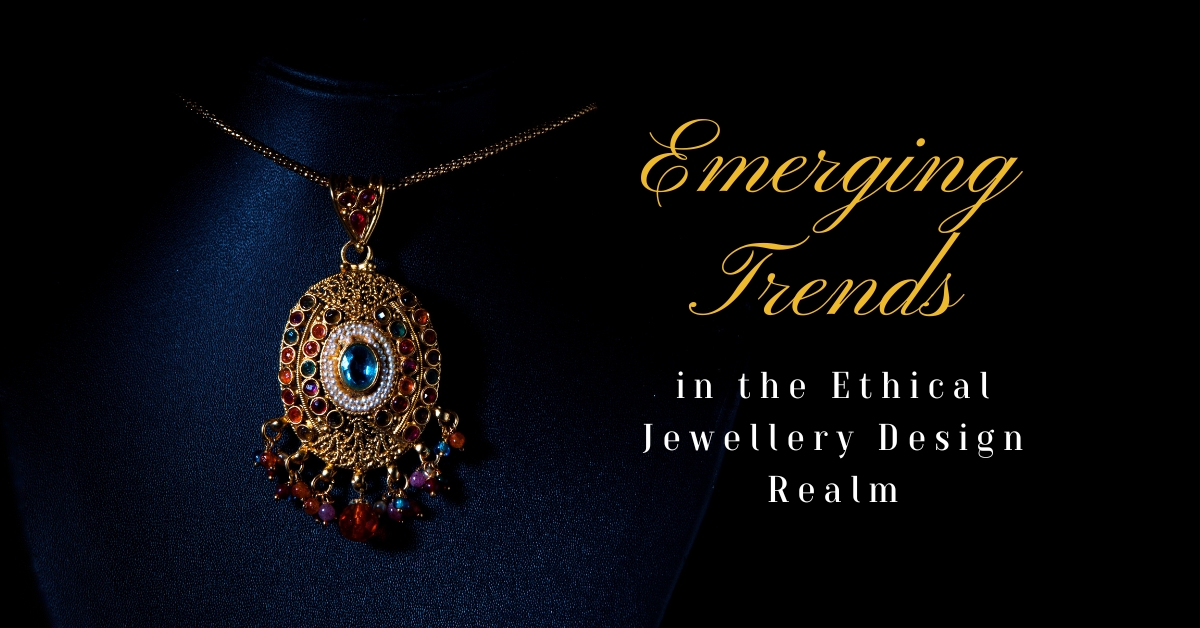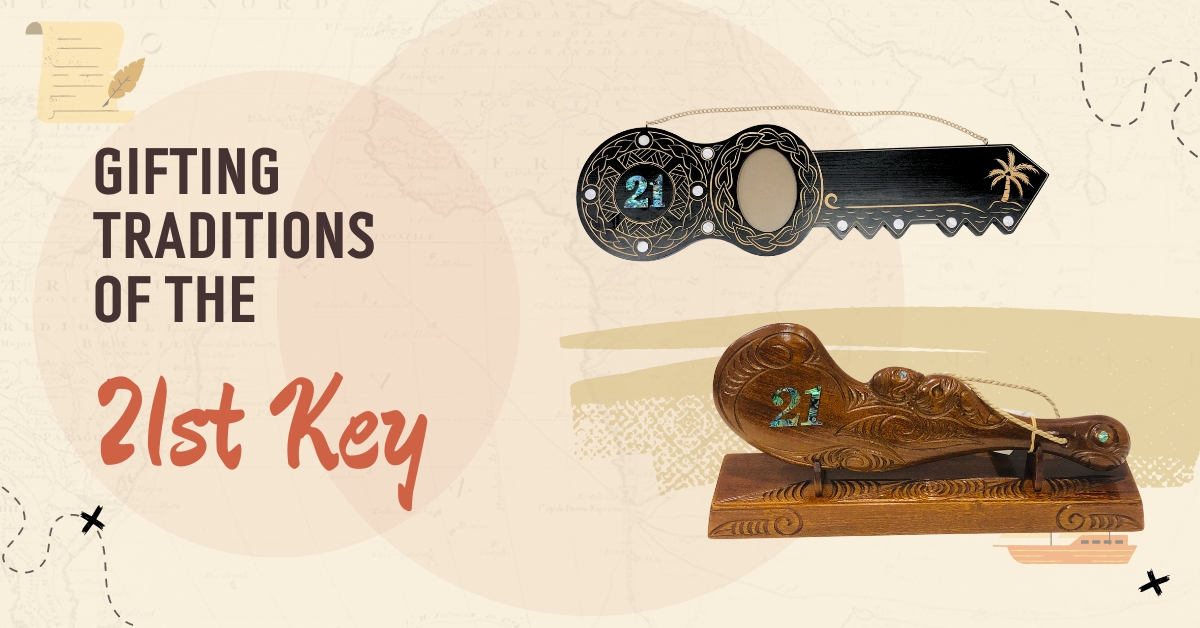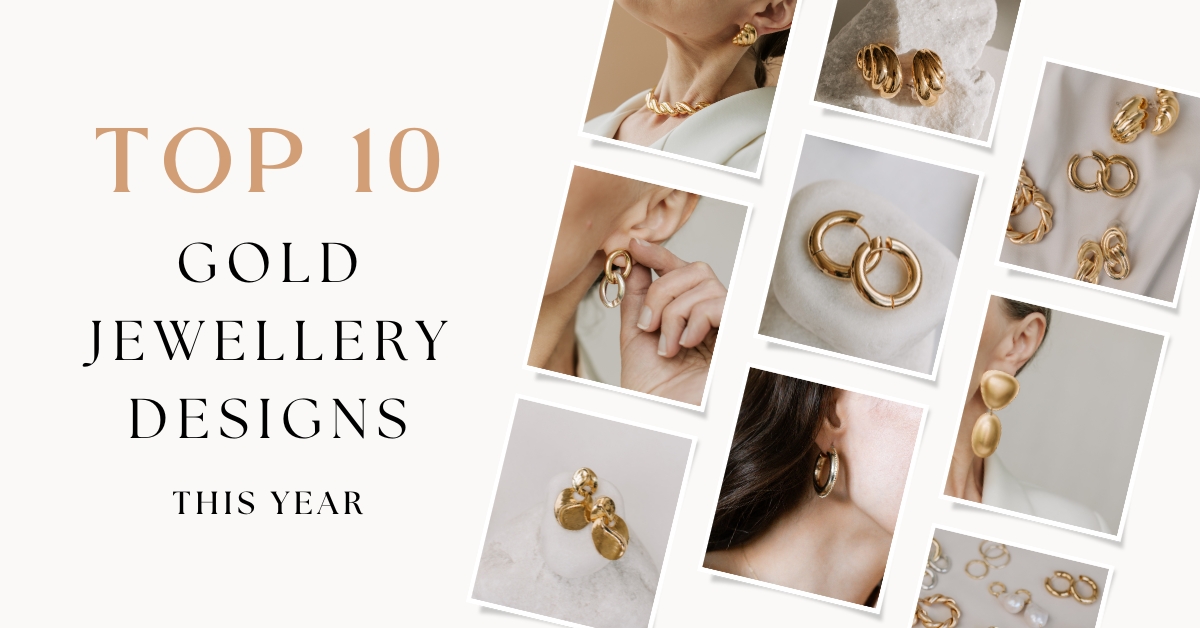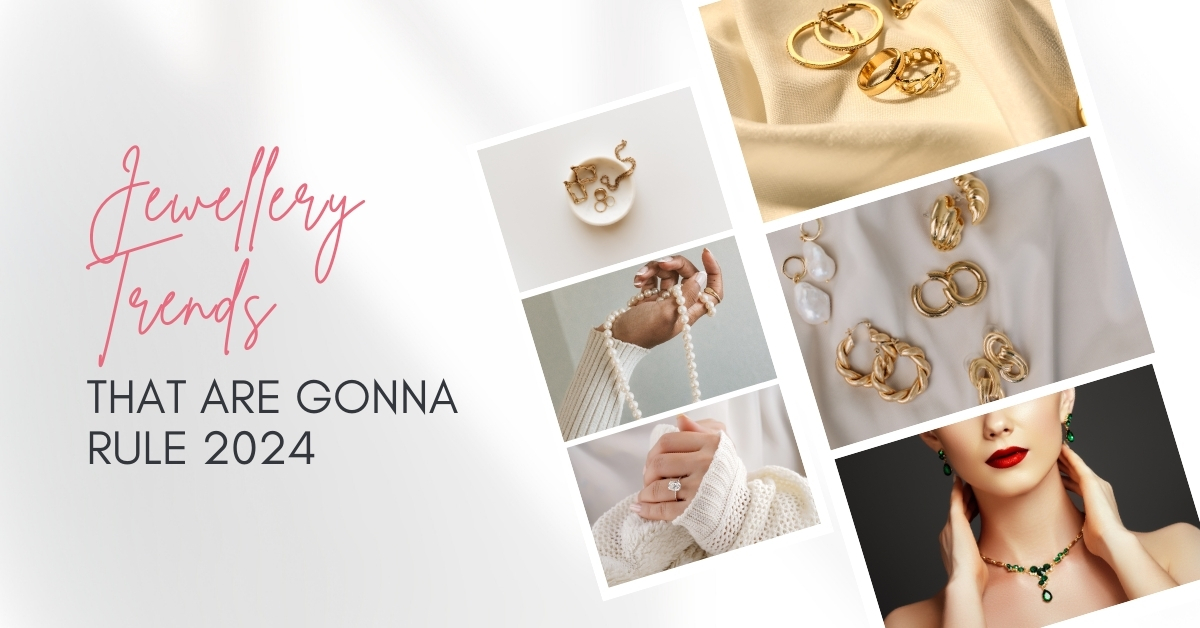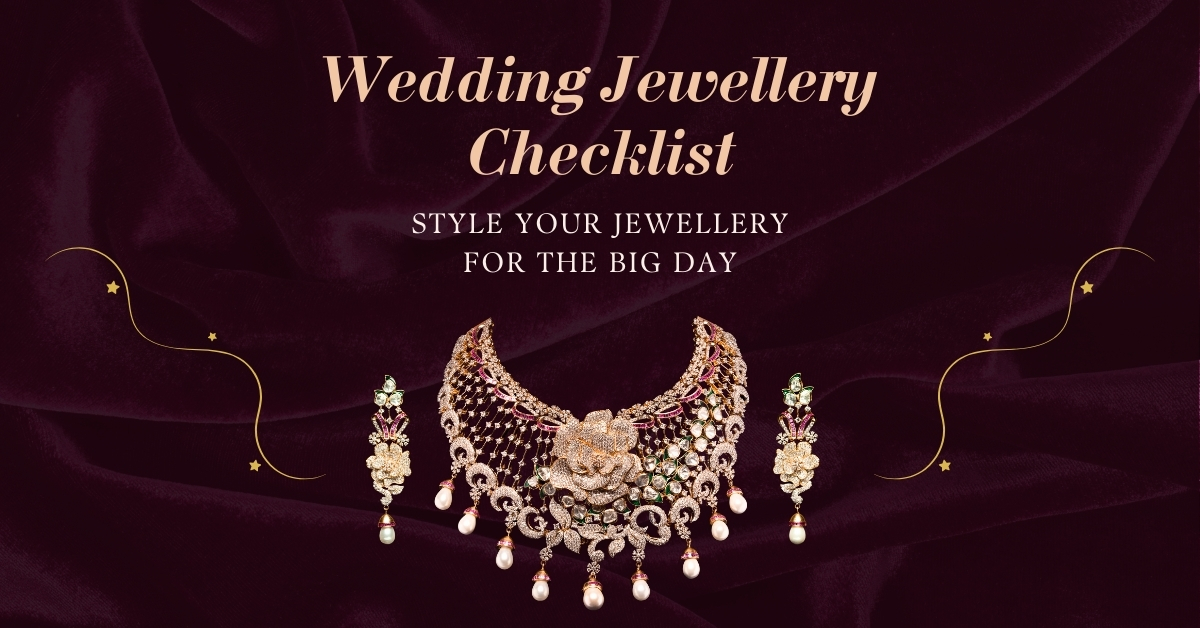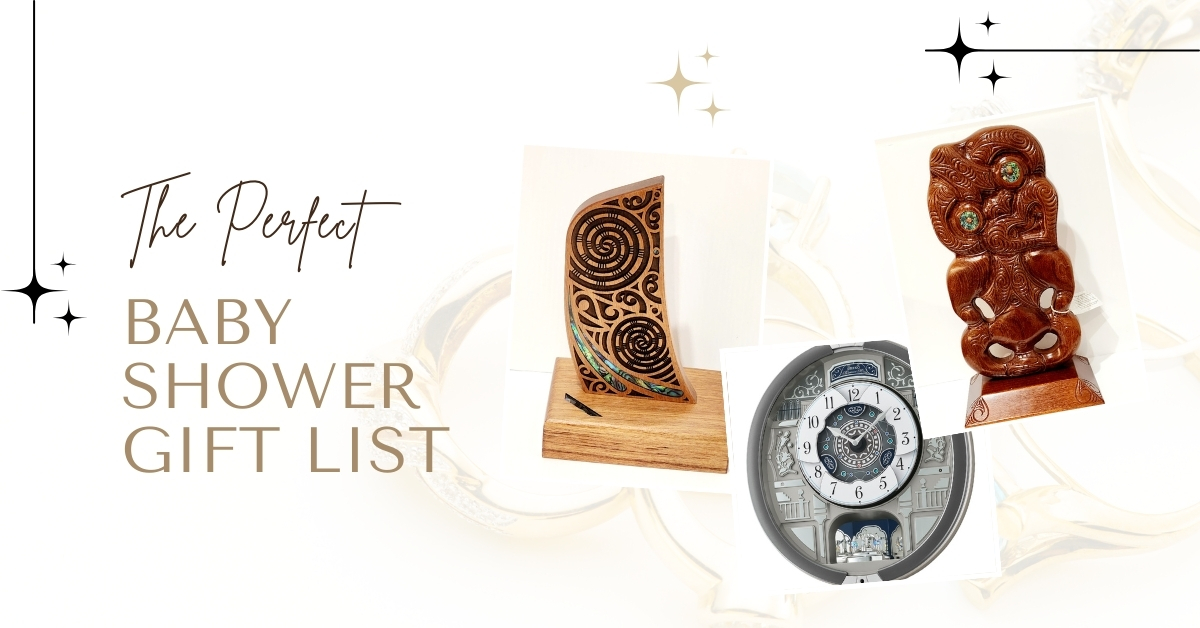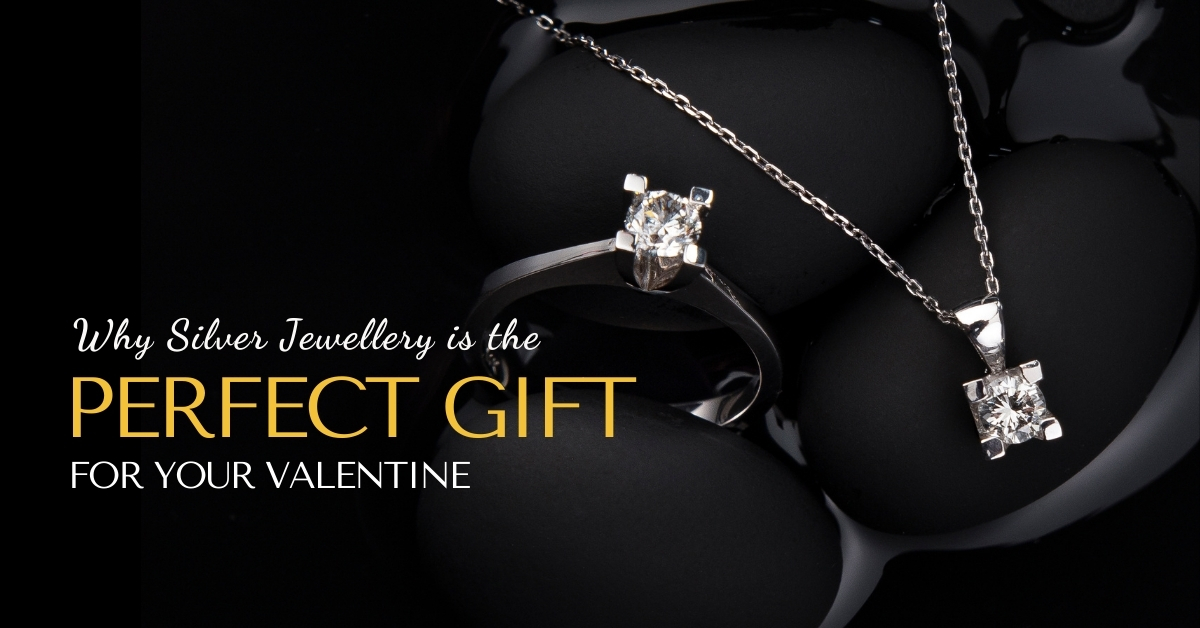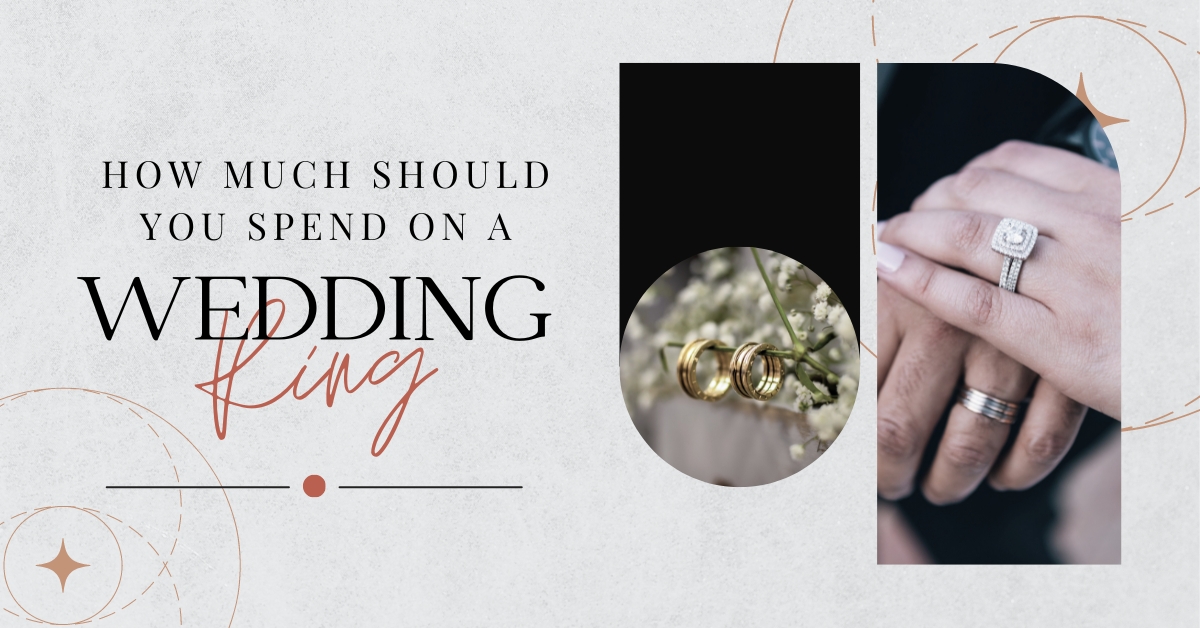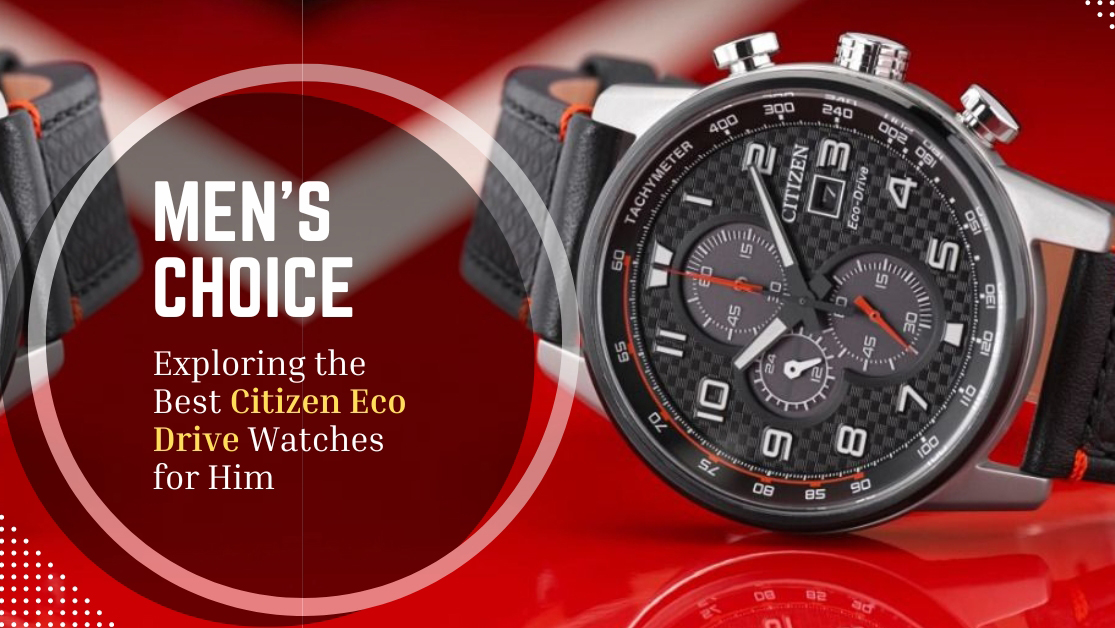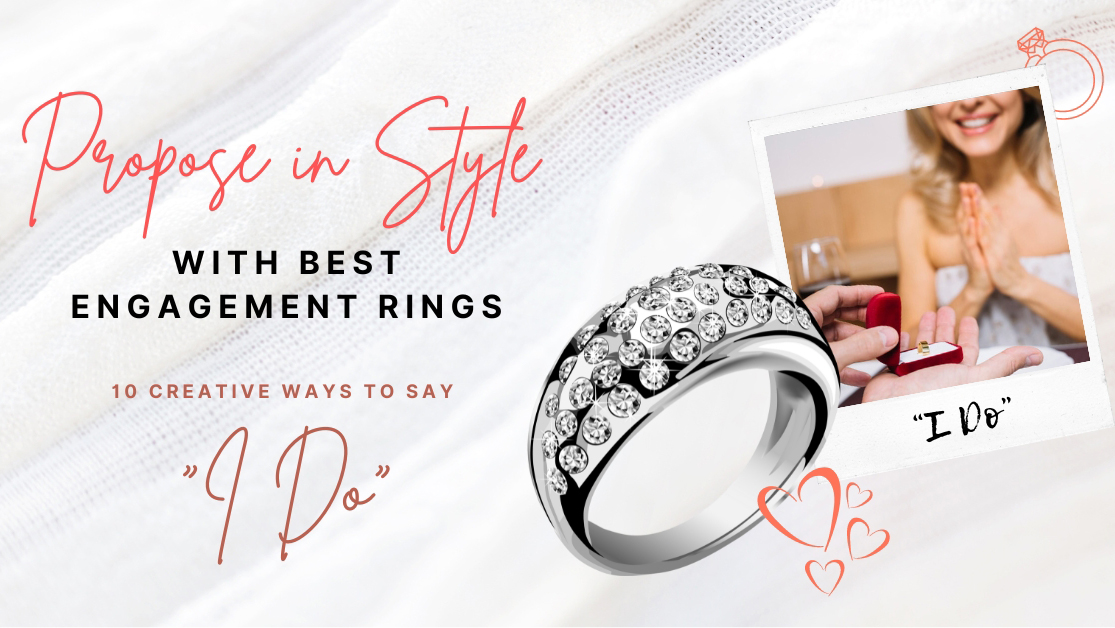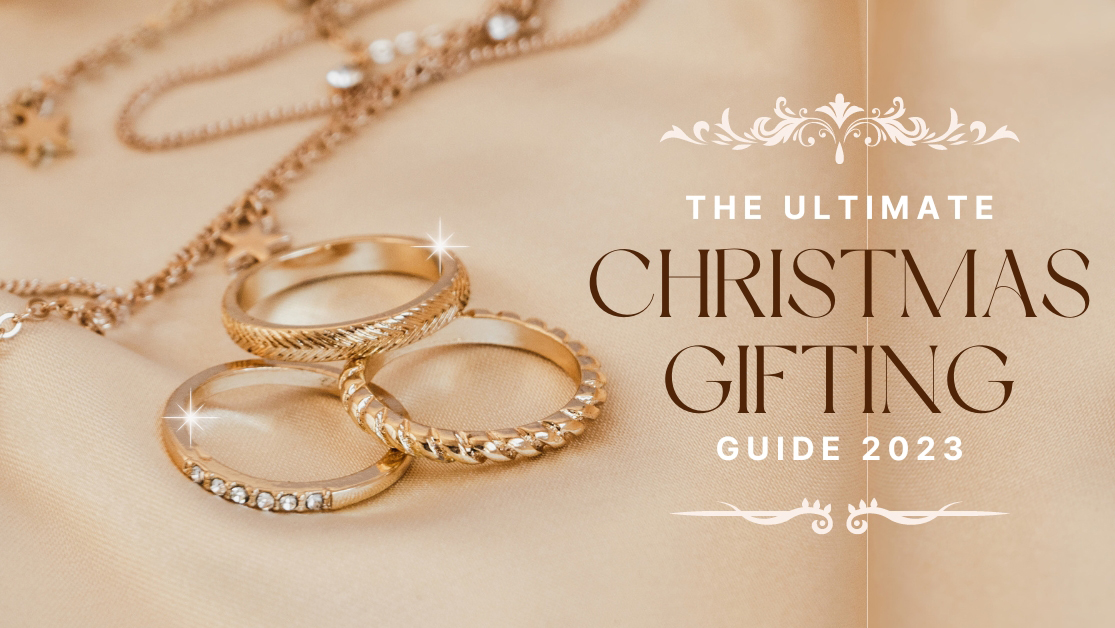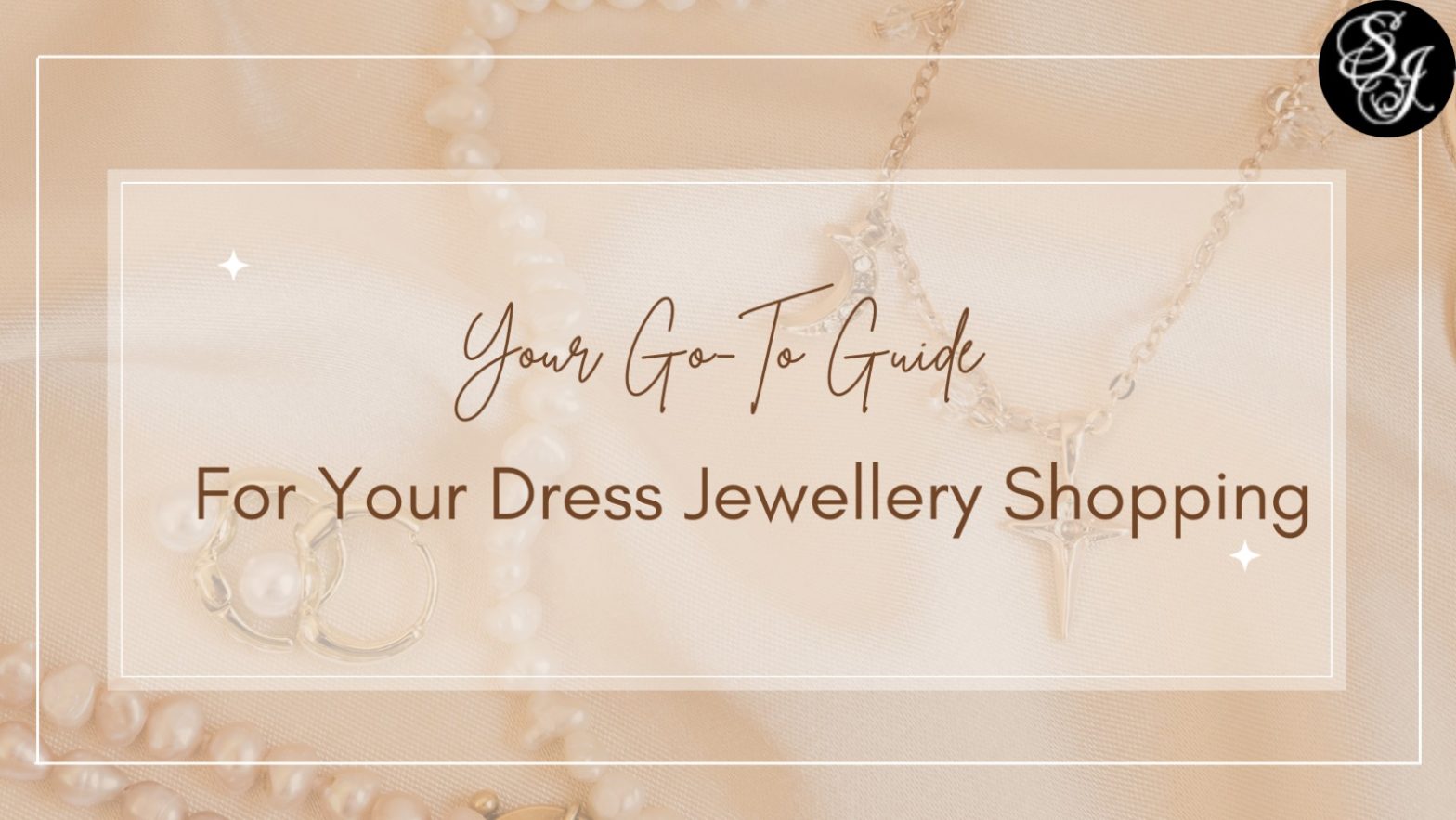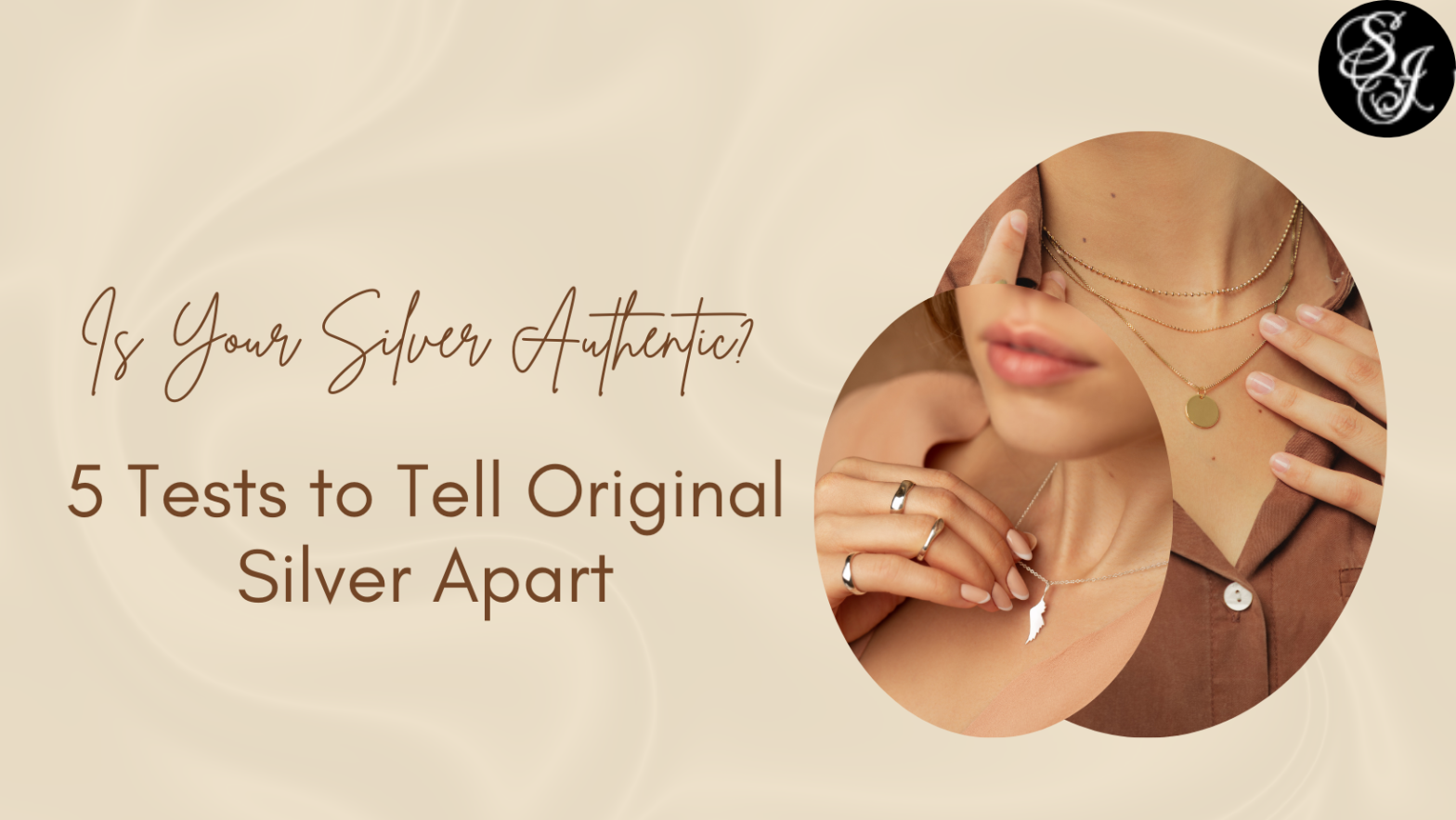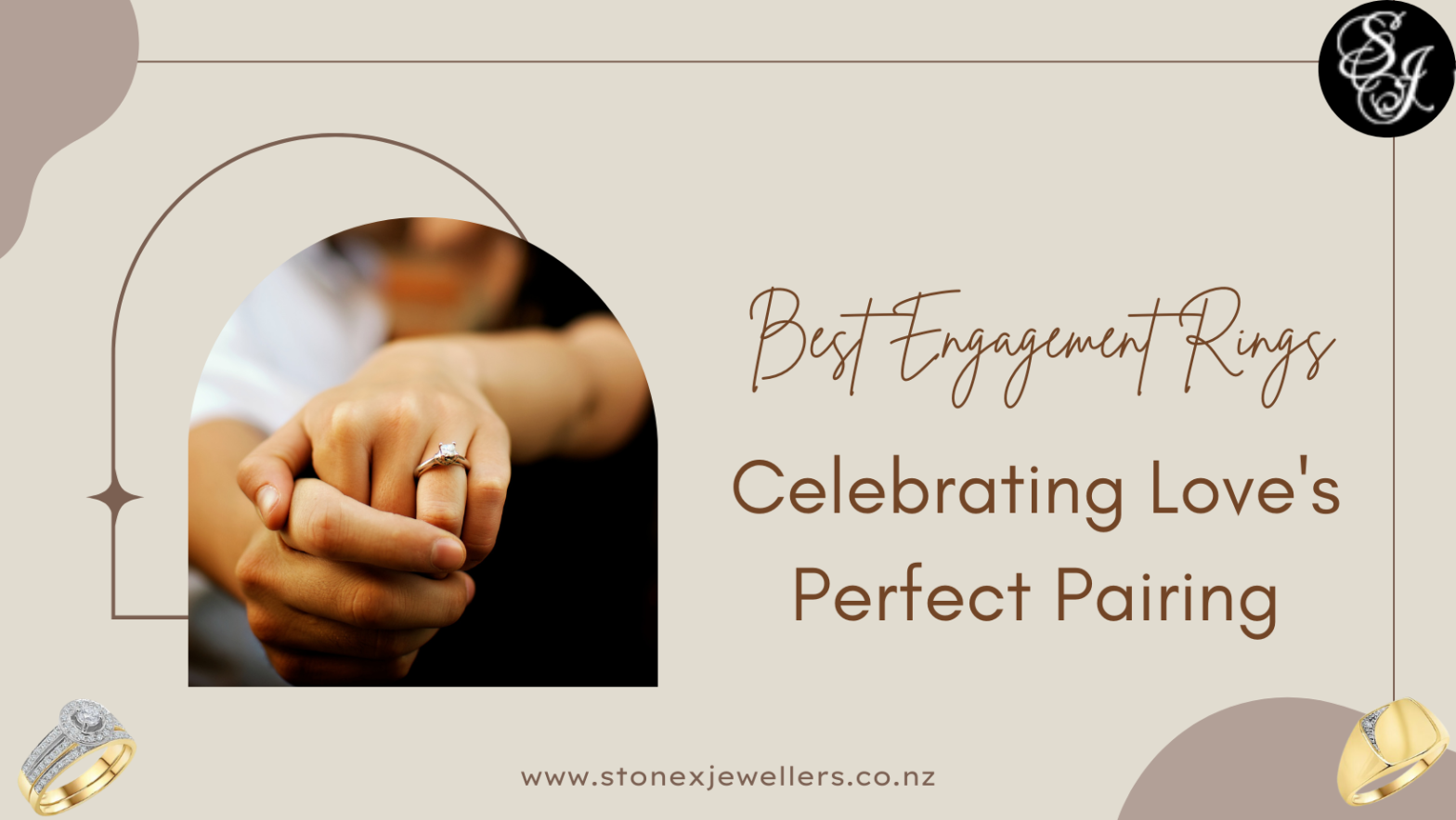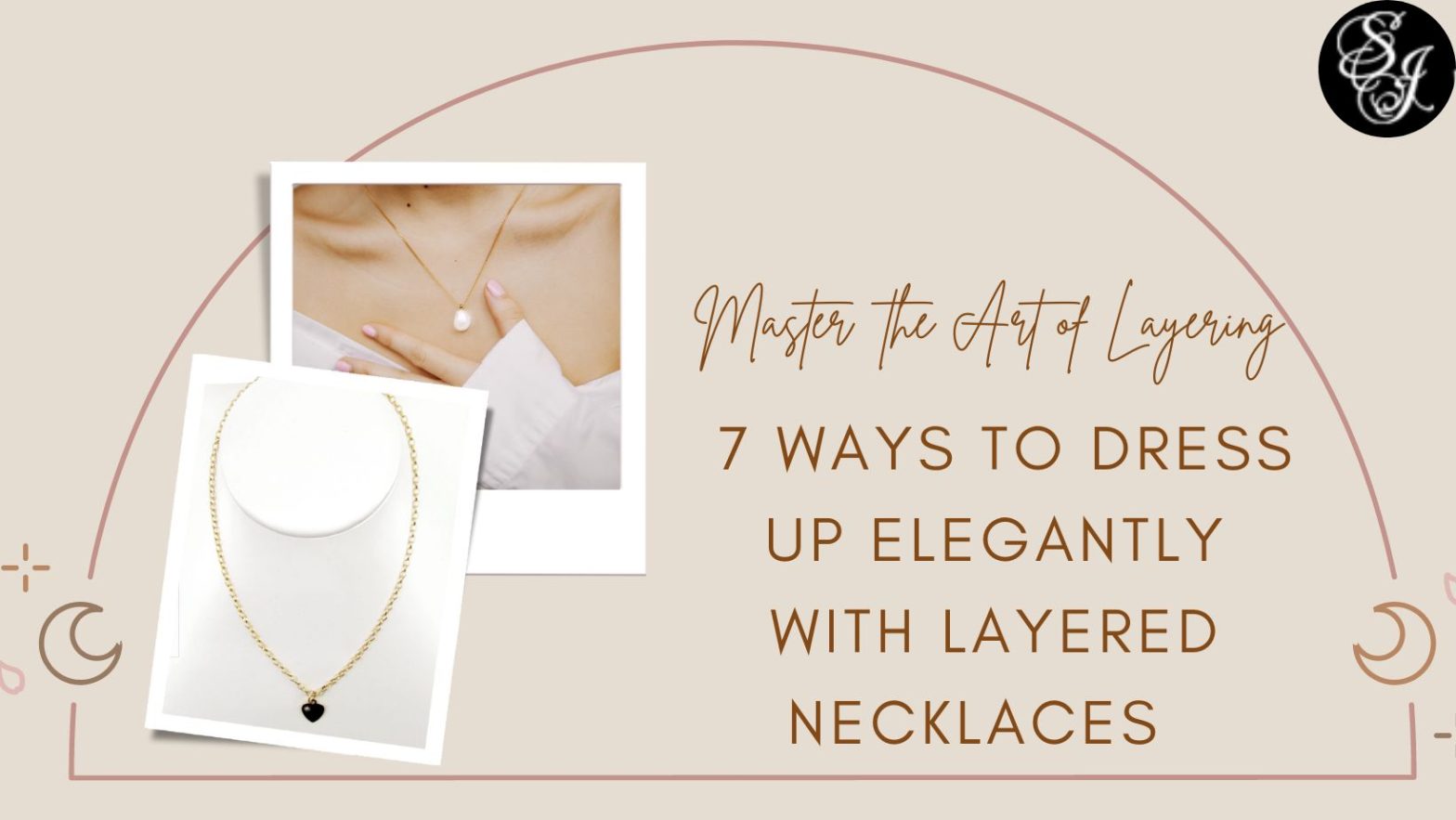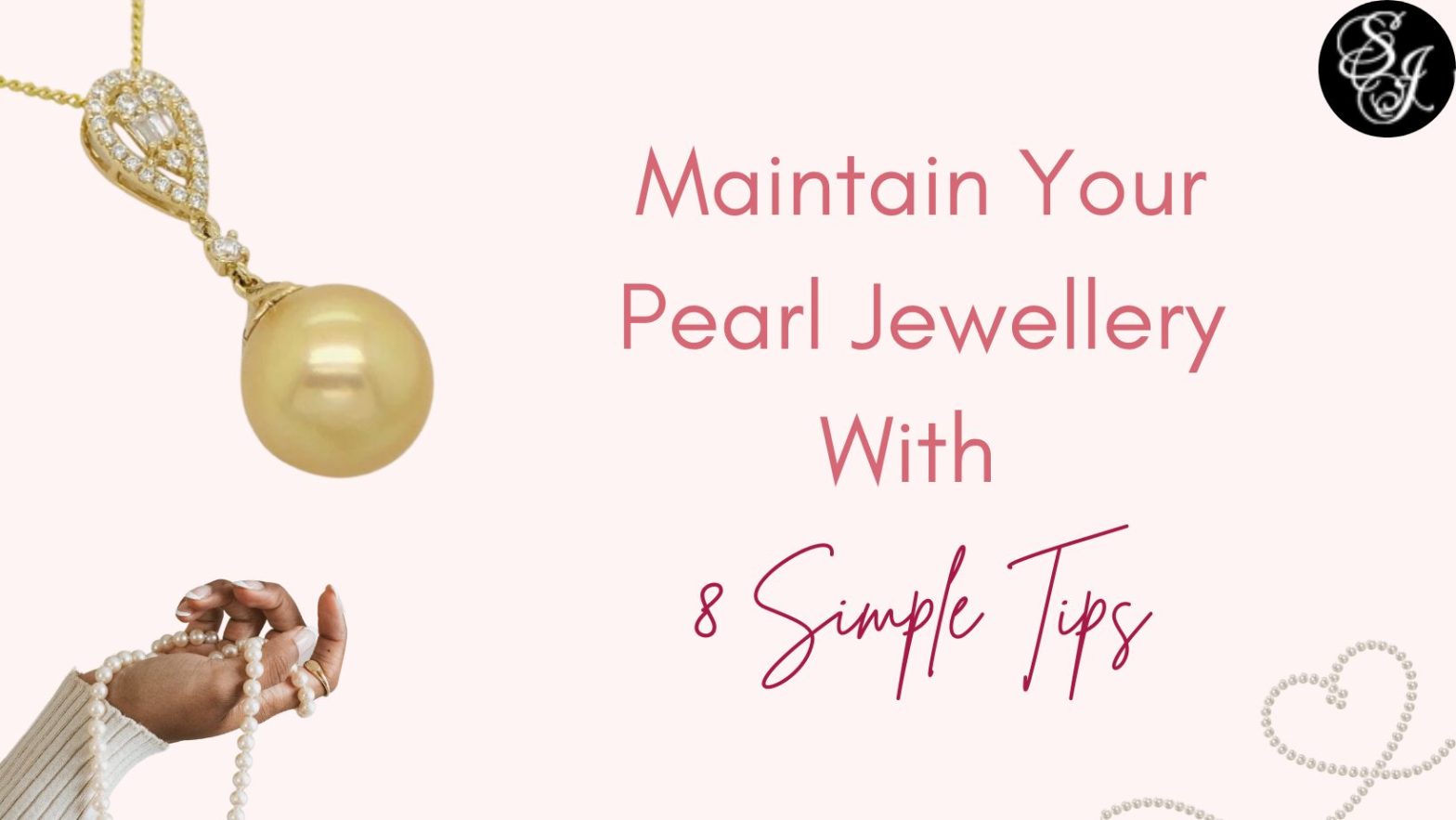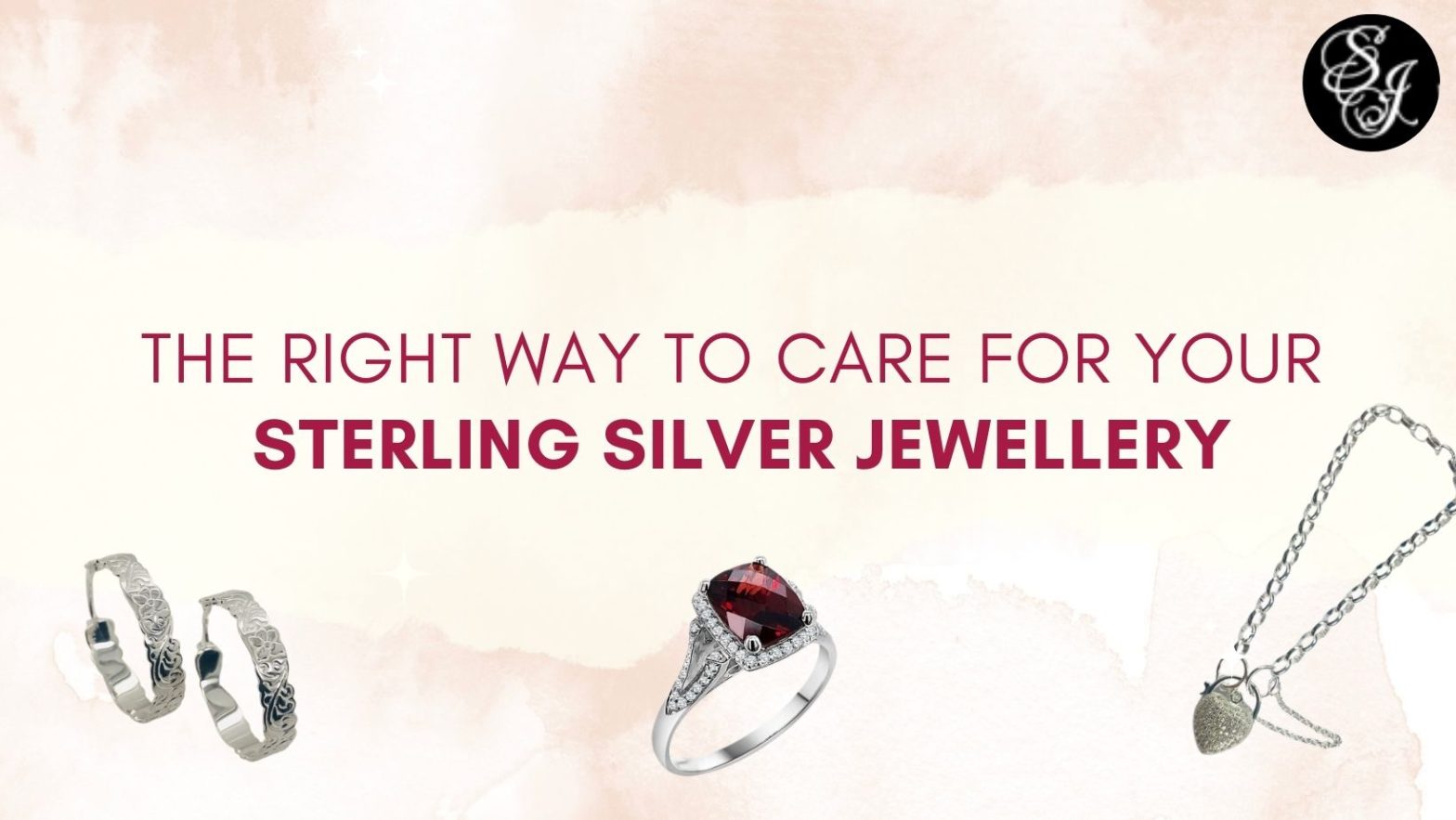
- Jewellery
Explore Our Online Jewellery Collection From dynamic designs to contemporary style pieces, our jewellery is designed to suit all tastes. Discover a stunning range of rings, chains, necklaces, ball stud earrings, curb link bracelets, and heart shaped pendants, all perfectly crafted from the finest materials like gold and silver often accented with diamonds, gemstones, and cubic zirconia. We choose each piece carefully to enhance your personal style, making it the perfect addition to any jewellery box or an unforgettable gift for a loved one. Buy authentic greenstone jewellery, pearl jewellery and guess jewellery from Stonex Jewellers. Add some glamour to your neckline with our beautiful selection of necklaces and pendants. From exquisite chains to sparkling diamond pendants, each piece is designed to bring a radiant glow to your everyday or special occasion look. Choose from classic, contemporary, or vintage-inspired designs. Shop Jewellery NZ – Finest Pieces from Just $99 Crafted from the finest materials, each piece in our collection is built to last, offering you lasting beauty and durability. Our jewellery NZ is made by skilled artisans who combine traditional techniques with modern designs, ensuring every piece is as exquisite as it is unique. Elite for every occasion, from casual…
- Jewellery – View All Products
- Gold Jewellery
- Silver Jewellery
- Pearl Jewellery
- Charms
- Dress Jewellery
- Men’s Jewellery
- Engagement & Wedding Rings
Engagement Rings Online Engagement season is here, & people will be planning to pop the ‘One’ question in the coming months. Buying an engagement ring is not only a decisive purchase, but it is also a piece of jewellery that your future husband or wife will be wearing for years to come. So, check out our huge collection of engagement rings for men & women, engagement rings in gold & silver, diamond engagement rings, & more. Diamonds are the clear winner when it comes to durability and shine. They are long associated with luxury. Overall, diamond engagement rings are the best material in the world that you could propose with. Popular Wedding Rings NZ We know that it is not too late to buy a sparkling diamond for her finger, the one that everyone sees and exclaims! You want to make sure you don’t make any mistakes and hence we have got just the right fit and list for you. Keep shopping from Stonex Jewellers and get your hands on the best engagement rings in town. If he usually wears minimal jewellery and is not a fan of heavy jewellery then he may prefer a smaller, understated ring with yellow…
- watches
- Clocks
Discover Timeless Clocks for Every Space Explore our impressive & timeless collection of clocks. At Stonex Jewellers, we have Alarm Clocks that are known for their precision and craftsmanship and Wall Clocks that are popular for their design and quality. Choose from a variety of designs, from gentle charming to classic wooden designs. Because we all need that extra display for our rooms. Shop now. Wake Up in Style with Our Alarm Clocks Start your day the right way with our stylish and reliable Alarm Clocks. Whether you need a gentle wake-up or a more powerful buzz to get you out of bed, we offer a variety of designs to fit your morning routine. From sleek, modern digital displays to classic analog styles, our alarm clocks are crafted for both functionality and elegance. Designed to ensure you’re always on time, these clocks are the perfect balance of style and practicality for your bedside table. With our Sleek Digital Displays & Easy-to-read, customizable settings, and multiple alarms for your convenience. We have a Casio Bedside Table Alarm Clock. In classic Analog designs and timeless styles that bring a touch of rhythm charm to your bedroom, we have Rhythm table alarm clock…
- 21st Keys
- Greenstone Jewellery
- Guess Jewellery
- Gifts
Gifts For All Occasions Online NZ We have the perfect Jewellery gifts for every occasion. Come and explore our huge range of ideal gifts for Christmas, Anniversary, Valentine’s day, Mother’s day, Father’s day, and Birthdays. While not every occasion calls for an expensive and luxe sentimental gift but undeniably, there are some events that are presumably the official gift-giving moments. Our collection features some of the most unique presents such as 21st keys, gold watches for men & women, gold earrings, gold necklaces & pendants and much more. Our jewellery pieces are timeless and always cherished. Whether you’re celebrating a birthday, anniversary, big promotion, or simply want to show someone how much you care for them, our assorted collection of jewellery gifts offers something for every occasion. Unveil the amazing deals and offers on every event of your life. You might also be interested in: Gold Jewellery | Gold Wedding Rings | Gold Engagement Rings | Gold Bridal Sets | Men’s Gold Dress Rings | Men’s Gold Wedding Rings | Gold Rings | Gold Earrings | Gold Chains | Gold Curb Chains | Gold Necklace & Pendants | Gold Diamond Necklace | Gold Cross Pendants | Gold Heart Pendants | Gold Diamond Earrings | Gold Diamond Rings | Gold Stud Earrings | Gold Hoop Earrings | Gold Bracelets & Bangles | Gold Bangles | Men’s Gold Bracelet | Men’s Gold Jewellery | Men’s Gold Pendants | Men’s Gold Rings | Gold Belcher Bracelets | Gold Curb Link Bracelets | Gold & Silver…
- Sale
- Engagement & Wedding
-
Jewellery
- Gold Jewellery
- Silver Jewellery
- Pearl Jewellery
- Dress Jewellery
- Men’s Jewellery
- watches
- Clocks
- 21st Keys
- Greenstone Jewellery
- Guess Jewellery
- Gifts
- Sale





